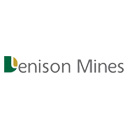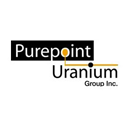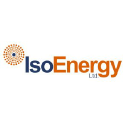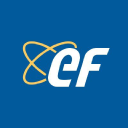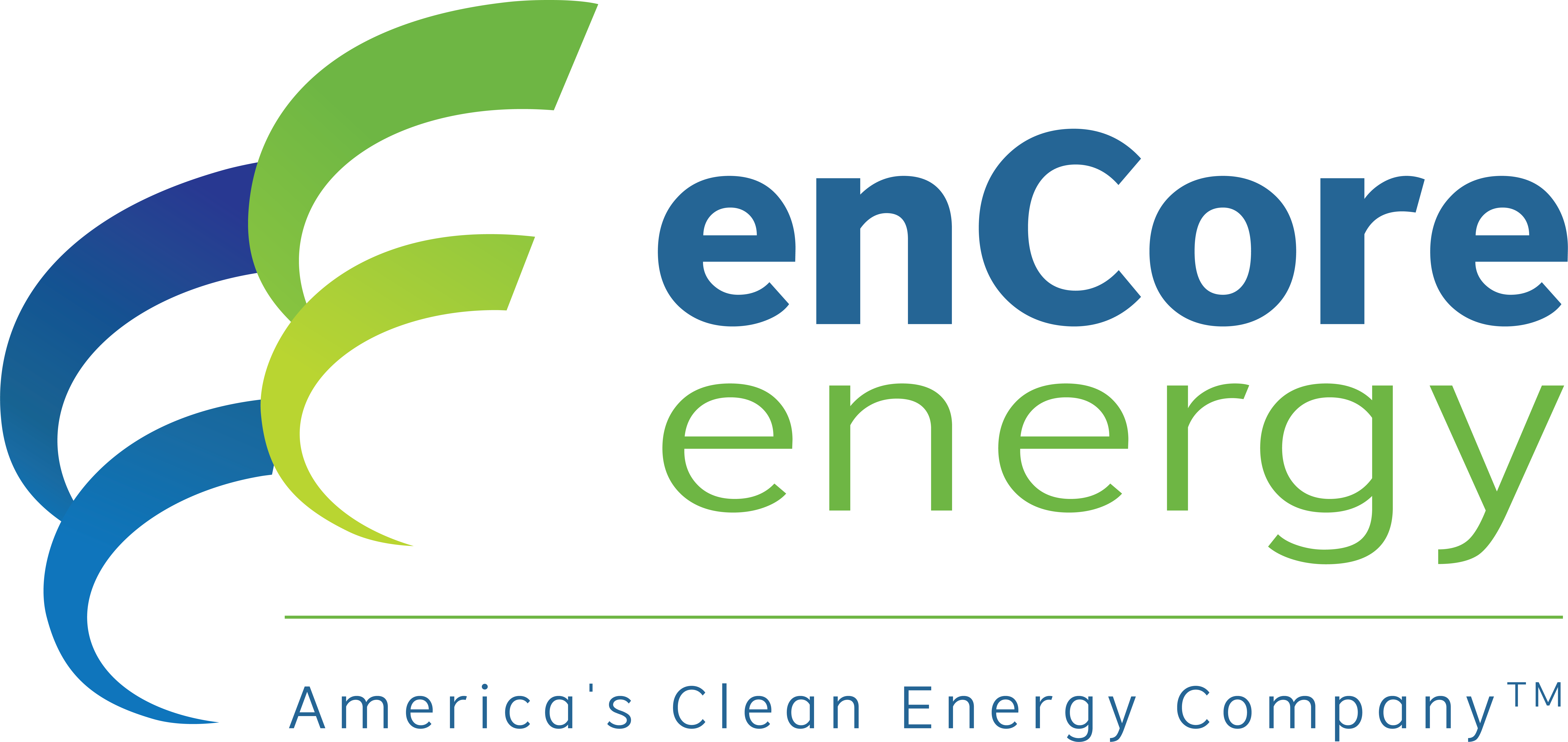Uranium: Tier-One Jurisdictions Command 30-50% Valuation Premiums

World Bank nuclear financing, historic inflection point, converging policy shifts, structural supply deficits, and institutional capital recognition reversal unlocks institutional capital for uranium projects amid structural supply deficits and rising contract prices.
- Structural supply deficits persist across global uranium markets, with long-term contract prices rising over 23% year-on-year despite spot price softness, indicating widening supply gaps expected to continue for years as utilities secure future supply.
- The World Bank's historic reversal of its nuclear financing prohibition fundamentally alters uranium project economics by enabling multilateral development bank participation in blended finance structures, transforming uranium from a cyclical commodity to a strategic asset class.
- Geopolitical supply chain realignments create distinct advantages for tier-one jurisdiction producers, with US restrictions on Russian uranium imports removing 20% of supply and political instability in traditional mining regions driving 30-50% valuation premiums for Western-aligned assets.
- Recent exploration results demonstrate exceptional discovery potential in established mining jurisdictions, with high-grade uranium discoveries validating the sector's ability to identify near-surface deposits that reduce development timelines and capital requirements.
- Institutional capital formation accelerates development timelines through improved financing conditions, as evidenced by successful large-scale convertible bond offerings and development bank engagement that provide competitive advantages for companies with proven technical teams and de-risked assets.
The uranium sector stands at a historic inflection point, driven by converging policy shifts, structural supply deficits, and institutional capital recognition. The World Bank's reversal of its decades-long nuclear financing prohibition represents more than regulatory change—it signals uranium's transformation from cyclical commodity to strategic asset class.
Policy Architecture Creates Structural Demand
The World Bank's policy reversal fundamentally alters uranium project economics by providing access to low-cost institutional capital. This shift enables multilateral development bank participation in blended finance structures, combining project debt with sovereign guarantees to achieve investment-grade risk profiles. The financing transformation particularly benefits capital-intensive uranium projects with long development timelines, where access to patient capital proves decisive.
Energy Fuels Chief Executive Officer Mark Chalmers notes:
"Sovereign and institutional backing fundamentally alters the competitive landscape for United States and allied uranium producers."
This policy support extends beyond traditional commodity cycles, creating foundational demand drivers aligned with G7 energy security objectives and national decarbonization goals.
Despite recent softness in spot uranium prices, long-term contract prices have increased by over 23% year-on-year, signaling strong utility interest in securing future supply. This pricing structure indicates widening supply gaps expected to persist for years rather than quarters.
ATHA Energy Chief Executive Officer Troy Boisjoli reinforces this theme:
"The current macroeconomic environment provides the best conditions we have ever seen for uranium exploration and development."
The magnitude of capital requirement changes becomes evident when analyzing nuclear infrastructure costs, which typically range from $6 billion to $10 billion per gigawatt. Multilateral Development Bank participation has proven transformative in renewable energy sectors, suggesting similar potential for nuclear infrastructure development.
Jurisdictional Risk Premiums Favor Western Producers
Geopolitical supply chain realignment creates distinct competitive advantages for tier-one jurisdiction producers. The US ban on Russian uranium imports removes approximately 20% of US uranium supply, requiring utilities to secure alternative sources at potentially higher costs. Niger's political instability compounds supply vulnerabilities, affecting approximately 5% of global uranium supply and amplifying premiums for secure jurisdictions.
IsoEnergy CEO Philip Williams emphasizes this jurisdictional advantage:
"Being a dual-jurisdiction producer with near-term United States output provides strategic value that utilities increasingly recognize and are willing to pay premiums for."
Tier-one North American assets command 30-50% higher valuation multiples compared to traditional regions, reflecting both geological prospectivity and political stability premiums. Energy Fuels' White Mesa Mill represents unique strategic value as the only permitted, operational conventional uranium mill in the United States, creating competitive advantages for Western-aligned supply chains.
Exceptional Exploration Results Signal Discovery Potential
Recent exploration results demonstrate the sector's discovery potential in established mining jurisdictions:
Canada
IsoEnergy and Purepoint's joint venture reported initial assays from the Nova Discovery showing select samples averaging 2.2% U₃O₈ over 1.0 metre, including 5.4% U₃O₈ over 0.3 metres. Chris Frostad, President & CEO of Purepoint Uranium, stated:
"These assays validate the significance of the mineralization first intersected at Q48. The grades confirm what we observed in the core and the strong radioactivity readings, establishing Nova as a robust uranium-bearing structure."
Baselode Energy represents a pure-play exploration opportunity in Canada's premier uranium jurisdiction, controlling approximately 231,000 hectares in the Athabasca Basin area with no underlying royalties or option agreements. The company's flagship ACKIO discovery demonstrates the sector's near-surface potential, measuring greater than 375 meters along strike and 150 meters wide, comprised of at least nine separate uranium pods with mineralization starting as shallow as 28 meters beneath surface.
James Sykes, President and Chief Executive Officer of Baselode, stated regarding the Aberdeen Project drilling program,
"We're very excited that drilling has begun at Aberdeen. The Loki target area has all of the characteristics we'd expect to find near a high-grade uranium deposit in the Athabasca Basin; elevated uranium in the sandstone and within 10 meters of the basement unconformity, clay alteration, bleaching, desilicification and highly anomalous pathfinder elements in the sandstone."
The company's Athabasca 2.0 exploration thesis focuses on discovering near-surface, basement-hosted, high-grade uranium deposits outside traditional basin boundaries, utilizing innovative geophysical methods to map deep structural controls. This approach addresses one of the sector's key challenges—reducing development timelines and capital requirements through shallow mineralization discovery.
United States
Boss Energy provides institutional investors with leveraged exposure to US uranium production through its 30% ownership in the Alta Mesa Uranium Project in Texas, operated by enCore Energy. This partnership structure allows Boss to participate in uranium production without direct operational responsibilities while benefiting from enCore's operational expertise and expansion initiatives.
enCore's acquisition of the 5,900-acre Tacubaya parcel immediately adjacent to Alta Mesa demonstrates the project's expansion potential. The acquisition is expected to provide additional feed and increase the life of the Alta Mesa ISR Uranium Central Processing Plant, with uranium mineralization occurring as roll fronts in multiple stacked sands within the Goliad Formation, similar to the existing Alta Mesa deposits.
The strategic value of the partnership structure allows Boss Energy to receive 30% of the mine's uranium production while enCore manages operations and expansion. The Tacubaya exploration program, beginning with a 200-hole drilling program in mid-October 2025, represents significant upside potential for Boss shareholders without additional capital requirements from the company.
Australia
Laramide Resources offers exposure to advanced-stage uranium development through its 100%-owned Westmoreland Uranium Project in Queensland, Australia. The recent approval of a Mineral Development Licence for the Westmoreland Uranium Project represents a critical regulatory milestone and formal recognition by the Queensland Government that the project can be evaluated for development potential. Marc Henderson, President and CEO of Laramide, commented on the significance of this regulatory approval:
"The grant of the MDL is a significant milestone for the Westmoreland Project. It provides regulatory confirmation that the project hosts a defined and economically significant resource capable of supporting long-term development. Furthermore, it provides the company with a security of tenure that allows us to continue with advanced mining studies."
The approved MDL area encompasses all of Westmoreland's defined uranium deposits—Redtree, Huarabagoo, Junnagunna, and Long Pocket—providing comprehensive development optionality. Three deposits were included in a 2016 economic analysis that provided the foundation for the MDL application, though updated feasibility work will be required under current standards.
Henderson further emphasized the strategic positioning:
"With the MDL now in hand, Laramide is excited for the opportunity to expedite further evaluation of the asset; we believe this asset can play a material role in providing security of supply for western nuclear utilities as they confront the now widely acknowledged structural supply deficit of uranium that extends well into the 2030's."
The company's diversified asset base extends beyond Australia, with strategic exploration in Kazakhstan covering over 5,500 square kilometers of the prolific Chu-Sarysu Basin for world-class roll-front deposits amenable to in-situ recovery. This geographic diversification provides multiple pathways to production while maintaining focus on tier-one mining jurisdictions with established regulatory frameworks and infrastructure accessibility.
Capital Formation Accelerates Development Timelines
Access to institutional capital creates competitive advantages for companies with proven technical teams and de-risked assets. Projects with measured and indicated resources in established mining jurisdictions can more readily access institutional capital compared to early-stage exploration ventures.
Global Atomic Chief Executive Officer Stephen Roman highlights the competitive advantage of advanced development status:
"We’re pleased to report an increased pace of work with the U.S. development bank with a focus on the preparation of documentation to support Credit Committee review. Positive Credit Committee review will mark a significant step forward towards loan approval by the Bank’s Investment Committee and Board of Directors. We are encouraged by the Bank’s level of engagement and look forward to a successful outcome. In the meantime, we continue to advance other financing options, including a project level minority joint venture investment into our SOMIDA subsidiary in Niger."
This followed by C$24.8 million equity financing at the end of the second quarter to be used to maintain key parameters on the Dasa project’s critical path for completion.
On the other hand, Denison Energy announced successful completion of a $345 million convertible bond offering demonstrates institutional appetite for uranium exposure. David Cates, Denison's President & CEO, commented:
"Denison is humbled by the overwhelming support we received from the convertible note investment community for this offering of a 'US-Style' convertible note with a cash-settled capped call overlay."
The financing carries a 4.25% annual coupon rate, estimated to save Denison over $100 million in interest payments compared to traditional project debt financing alternatives. This capital efficiency becomes decisive in volatile commodity markets.
Laramide Resources closed a private placement valuing at $12,000,000 which is to be used to advance late-stage US permitting initiatives, working capital, and general corporate purposes, while Baselode Energy closed $6,000,000 private placement to be used for Canadian exploration expenses.
Production Readiness Creates Near-Term Value
Companies with existing infrastructure and restart capabilities offer immediate response to supply shortages.
Energy Fuels' White Mesa Mill provides unique processing capabilities through toll milling arrangements, creating operational flexibility while generating additional revenue streams from uranium, rare earth elements, and vanadium processing. The company achieved a purity of 99.9% dysprosium (Dy) oxide which is above the 99.5% commercial specification. With the ongoing success of its REE pilot project, Energy Fuels intends to construct and commission commercial-scale Dy, Tb, and potentially other heavy REE separation capacity at its White Mesa Mill, which could be in production as soon as Q4 2026.
In Niger, Global Atomic's Dasa Uranium project is ramping down to the third level adjacent to the footwall of the ore zone as of Q2 2025, with development waste being hauled to surface and mineralized waste, all of which can be processed during the commissioning of the plant.
Global Atomic's Stephen G. Roman noted progress on the Dasa Project:
"During the second quarter of 2025, we continued with pre-development work at the Dasa Project with earthworks and civil works well underway at the plant site, and new worker accommodations and support facilities nearing completion."
IsoEnergy's Tony M Mine also exemplifies low-capital expenditure restart opportunities, requiring minimal reactivation capital while providing immediate production capability. The fully permitted, past-producing mine addresses supply shortages with reduced execution risk compared to greenfield developments.
The Investment Thesis for Uranium
- Target Tier-One Jurisdiction Producers: Focus on companies with assets in Canada, Australia, and the United States, which command 30-50% valuation premiums due to regulatory stability and political predictability.
- Prioritize Production-Ready Assets: Invest in companies with existing infrastructure, restart capabilities, or advanced development projects that can respond quickly to supply shortages without extended development timelines.
- Leverage Financing Advantages: Select companies with access to institutional capital, proven management teams, and de-risked assets that can capitalize on improved financing conditions from multilateral development bank participation.
- Diversify Across Development Stages: Balance portfolios with near-term producers, advanced development projects, and high-grade exploration assets to capture both immediate supply response and long-term discovery potential.
- Monitor Utility Contract Activity: Track long-term contract pricing and utility procurement strategies, as sustained 20%+ year-over-year increases in contract prices indicate structural supply deficits extending well into the 2030s.
- Focus on Strategic Assets: Prioritize companies with unique infrastructure advantages, such as processing capabilities, established mining districts, or strategic partnerships with utilities seeking supply security.
Long-term offtake agreement structures provide price stability while securing project finance requirements. Global Atomic has secured four uranium offtake agreements, three with US utilities, demonstrating utility commitment to securing future supply from reliable sources. These agreements provide revenue visibility while supporting project financing initiatives.
The risk management framework extends beyond price hedging to encompass jurisdictional, operational, and financing risk. Companies with diversified asset portfolios, strong balance sheets, and experienced management teams demonstrate superior risk-adjusted returns in volatile commodity cycles.
The uranium sector's transformation from cyclical oversupply to structural deficit creates conditions for sustained asset repricing. The World Bank's policy shift, combined with supply constraints and capital market access, establishes fundamental support for strategic repricing of uranium as an asset class. Companies positioned in tier-one jurisdictions with advanced projects, experienced teams, and strong balance sheets are best positioned to capitalize on this transformation, offering investors exposure to a strategic commodity transitioning through a capital cycle inflection point comparable to renewable energy development in the early 2000s.
Analyst's Notes




Subscribe to Our Channel
Stay Informed










